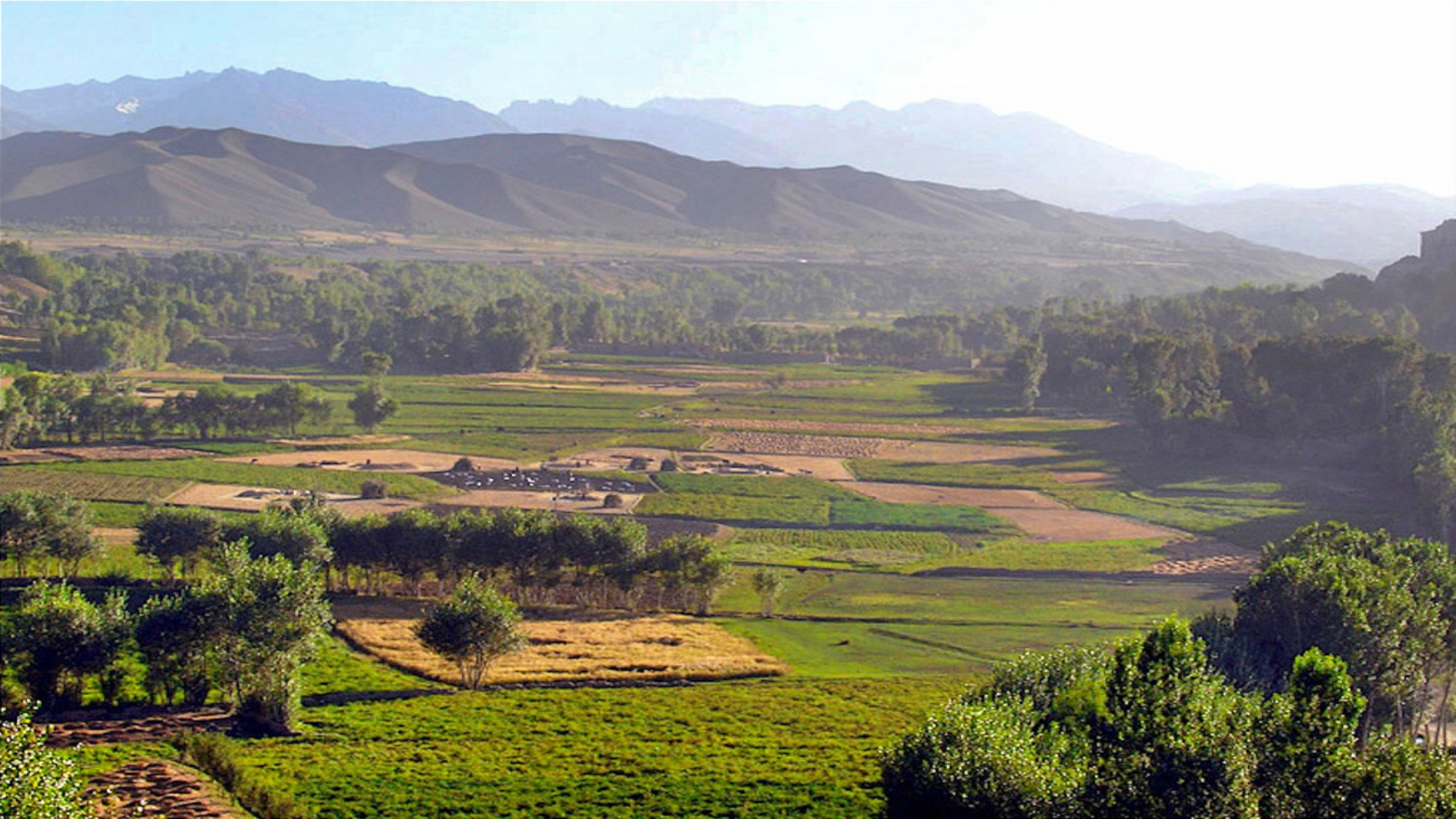Silver Valley

Exact Geographical Location:
The Silver Valley is located in the Bamyan province of Afghanistan. This valley lies near the district of Yakawlang and to the southeast of the center of Bamyan. The Silver Valley is known for its unique natural beauty and is recognized for its important natural and historical resources.
Geographical Latitude and Longitude:
Latitude: 34.8290° North
Longitude: 67.8700° East
Historical Background:
The Silver Valley dates back to ancient Afghanistan. This valley held significant importance during various historical periods, including both pre-Islamic and post-Islamic eras. Especially during the Ghaznavid and Ghurid periods, this valley was an important commercial and strategic center. The revival and attention to this valley in modern times began in the 1990s.
Architectural Features:
The Silver Valley has unique historical and cultural architectural structures. In this valley, remnants of temples, fortresses, and ancient buildings have been found, reflecting the architectural skills of different historical periods. Many of these structures were made from stone and adobe, and in some areas, intricate designs and carvings can be seen.
Cultural Significance:
The Silver Valley holds great cultural and historical importance, especially in the ancient and Islamic periods. As one of Afghanistan’s archaeological sites, this valley has been a crossroads for various cultures and civilizations. Additionally, the valley is recognized as an important tourist destination, showcasing Afghanistan's rich history and culture.
Discoverer and Time of Discovery:
The Silver Valley was discovered in the early 20th century by archaeologists and historians of Afghanistan. Archaeological studies and research in this valley in recent decades have revealed its deep historical and cultural significance.
- Creative Commons Attribution-Share Alike 3.0 Unported